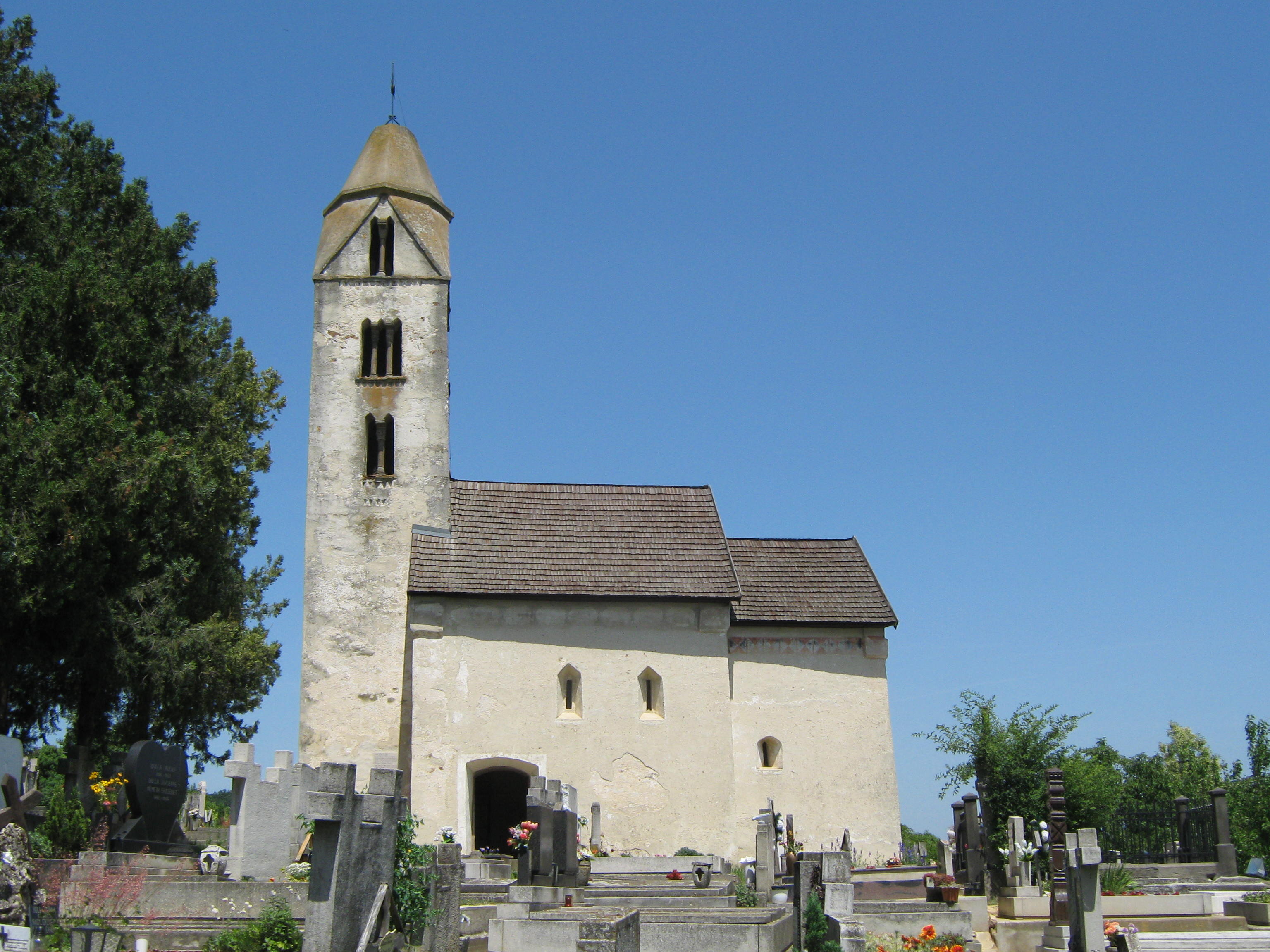In a remote corner of Hévíz, among the vines and cellars of Egregy hill stands one of the oldest churches in Hungary. The walls of this 14th century chapel speak silently of the tumultuous centuries of Hungarian history.
It is hardly surprising that the vineyard covered Egregy hill is spotted with restaurants offering Hungarian style cooking, since all of these establishments are situated close to an Árpád-era church. Along with the crypts in Felsőörs and Tihany, the chapel in Egregy is one of the three surviving ancient churches around Lake Balaton.


Gábor Fisli, the owner of the Öreg Harang Tavern, has been specifically inspired by the vicinity of the church to open his restaurant: “Ever since I was a little kid, I knew I wanted to live here. It is impossible to describe the feeling you get when you catch a glimpse of this ancient chapel from your bedroom window in the morning.” Gábor’s ancestors are believed to have been among the earliest inhabitants of Egregy, they could have participated in the construction of the church.
Preserved written records suggest that this small Romanesque style church was built in the middle of the 13th century. With its noble simplicity and attractive proportions, it fits nicely into the landscape even today. The building was constructed using Pannonian stone, a material in great abundance in the area, which is partly the reason why the church has remained standing for so many centuries.
In the 1550s during the years of Turkish rule, both the church and the nearby village suffered great damage, which was restored in the Baroque era. Thankfully only the most inevitable repairs were made, leaving the original frame of the building intact.

Like most Romanesque-era churches, the Egregy chapel is a single-nave, longitudinally aligned building, which is divided into three sections. At its northern end stands the tall bell tower, linked to the wider nave section, which in turn is connected to the shorter and narrower apse.
Originally dedicated to Catherine of Alexandria, the church was reconsecrated after the 1731 restoration with Saint Magdalene becoming its new patron saint. The chapel has been renovated several times since then, but the architects always paid close attention to preserving the authentic characteristics of the building.

Even at the time of its erection, the lavishly decorated church in Egregy stood out among churches built in a similar style. All sides of the tower are adorned with two- and three-light windows. The unusually elaborate design of the small village chapel is probably to do with the fact that the original master builder was familiar with the architectural trends of the time. He knew well the paired windowed towers of the bigger cathedrals and abbeys, and he wanted to emulate the great predecessors.





